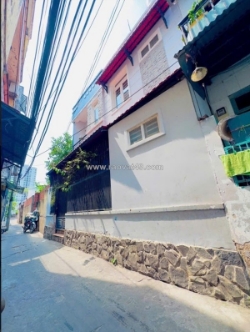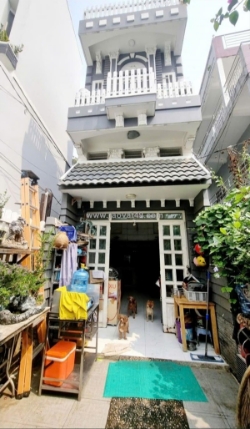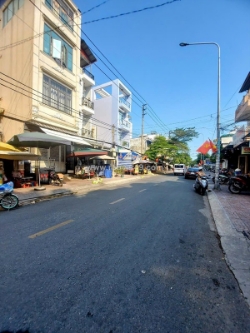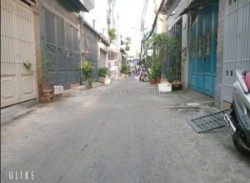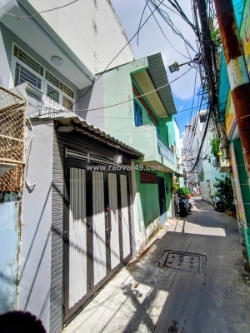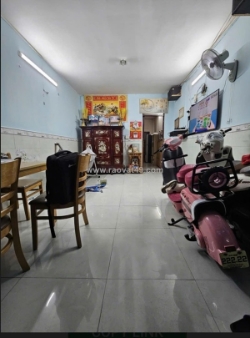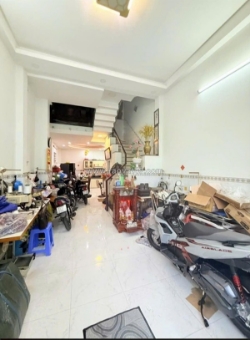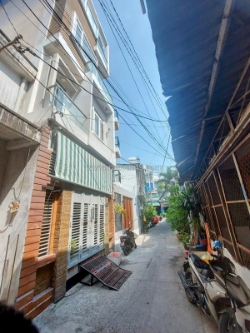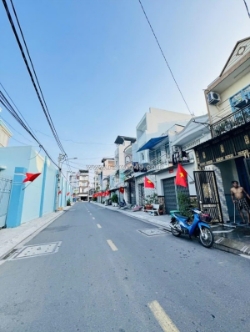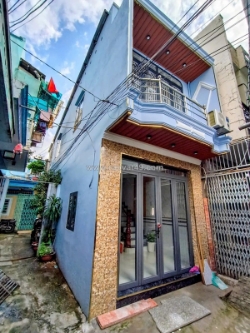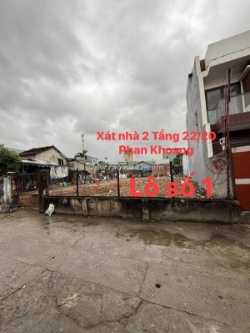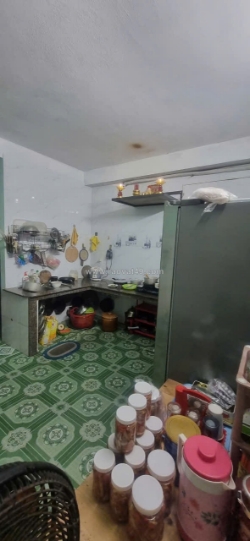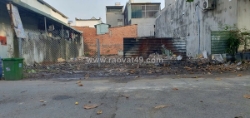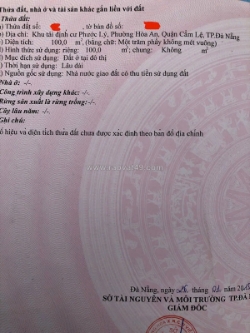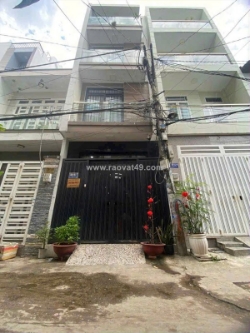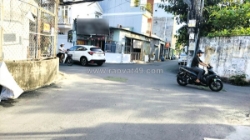How to create kyoto-style slow drip coffee in 5 steps
Ngày đăng: 6/6/2024 11:10:47 AM - Lĩnh vực khác - Toàn Quốc - 115Chi tiết [Mã tin: 5352657] - Cập nhật: 20 phút trước
Discover how to master Kyoto-style slow drip coffee brewing at home with our comprehensive guide. Learn about equipment, brewing methods, and expert tips to unlock the full flavor potential of this unique cold brew method.
Explore the essentials for crafting Kyoto-style slow drip coffee in your own kitchen:
– Kyoto-style slow drip coffee maker
– Choice of paper or metal coffee filter
– 50 g – 70 g of premium coffee beans
– Reliable coffee grinder
– Accurate coffee scale
– Fresh water
– Ice
How to Prepare Kyoto Slow Drip Coffee
Feeling ready to embark on your coffee journey? Let’s dive in and create a flawless cup of Kyoto-style slow drip coffee.
1. Measure and Grind Your Coffee
Begin by weighing the coffee amount specified by the manufacturer, typically ranging from 50 to 70 grams. Follow these guidelines initially, but don’t shy away from experimenting with different water-to-coffee ratios later.
How to Grind Coffee for Slow Drip Brewing:
Utilize a burr grinder to grind the coffee beans, ensuring consistent results. Aim for a medium grind size, similar to what you’d use for an automatic drip coffee machine.
If you lack a burr grinder, avoid using a blade spice grinder, as it yields uneven grinds. Instead, consider purchasing pre-ground coffee from a reputable source or seeking assistance from a local coffee shop.
Expert Tip: Opt for freshly ground coffee beans whenever possible, ensuring optimal flavor.
2. Adding Coffee to the Brewer
Begin by placing a coffee filter at the bottom of the ground coffee chamber. Then, carefully add the fresh coffee grounds on top to create the coffee bed.
When it comes to Kyoto-style drip coffee, you have the option to use either a paper or metal filter, each imparting a slightly different flavor to your brew. Paper filters tend to produce a cleaner, lighter-bodied cup similar to pour-over coffee, while metal filters allow more oils and fines to pass through, resulting in a heavier-bodied cup akin to French press coffee.
ExperTip: If you opt for a paper filter, especially an unbleached one, remember to rinse it with hot water beforehand to eliminate any potential paper taste.
3. Measuring and Adding Water
Next, measure the amount of water required based on the manufacturer’s recommended ratio, typically ranging from 5:1 to 10:1 water to coffee, measured by weight. Pour the water into the water chamber of your drip coffee brewer, ensuring to top off the chamber with ice.
Expert Tip: For optimal results, use cold, filtered water preferably stored in a refrigerator. However, room temperature tap water works fine, especially when combined with ice.
4. Initiating the Brewing Process
At the base of the water chamber, you’ll find a valve that regulates water flow. Adjusting the valve controls the drip rate, which is crucial for determining the flavor profile and brew time of your cold coffee. Experimentation with drip rates is encouraged, although a typical starting point is around 1 drip per second, with some baristas preferring a faster rate of 1.5 drips per second.
The brew time varies based on factors such as coffee quantity, drip rate, brewer design, and water-to-coffee ratio. While some brewers may complete the process in as little as 4 hours, others may take up to 24 hours. Regardless of the duration, patience is essential for achieving authentic Kyoto-style slow drip coffee.
While this brewing method is largely hands-off, occasional monitoring to ensure consistent drip rates is recommended.
Expert Tip: Craving an iced coffee without the lengthy wait? Look no further. Check out our recipe for Japanese-style iced coffee for a refreshing alternative.
5. Diluting and Savoring Your Coffee
The slow drip method yields a coffee concentrate, akin to traditional immersion cold brew. Dilute the concentrate to your desired strength by adding cold, filtered water to taste. Once diluted, serve the coffee over ice in a coffee cup for a refreshing experience.
Kyoto-style cold brew offers a crisp and refreshing cup with cleaner flavors compared to traditional cold brew methods. This technique accentuates floral and fruity notes, preserving the nuanced flavors characteristic of specialty coffee.
Tin liên quan cùng chuyên mục Lĩnh vực khác
- 2
🔴💥nhà gác lửng k146 nguyễn hoàng - hải châu, đà nẵng
Cập nhật: vài giây trước  1
1Nhà bán gần mặt tiền p15, q8 thuộc đuờng lưu hữu phước 👉giá 3,88 tỷ💰
Cập nhật: vài giây trước 1
1📣 bán nhà đường tùng thiện vương p11 q8 - chủ thiện chí bán gấp👉 giá đã giảm
Cập nhật: vài giây trước 1
1Bán nhà p5, q8 - mặt tiền đường bông sao 👉giá 13,2 tỷ
Cập nhật: 1 phút trước- 2
Bán dãy trọ gần trường đại học bách khoa gồm 8 phòng
Cập nhật: 1 phút trước  1
1Cần tiền gấp nên bán nhà p13, q8, đường âu dương lân👉giá 8,8 tỷ 💰💸
Cập nhật: 1 phút trước- 2
Bán nhà hẻm xe hơi _82m2_gần lê văn việt_tăng nhơn phú b_chỉ 7.2 tỷ
Cập nhật: 1 phút trước - 2
Nóng hổi đất thổ cư mặt tiền kinh doanh linh xuân, 100m2_5x20m chỉ 4.1 tỷ, bao đầu tư
Cập nhật: 1 phút trước - 2
Bán nhà 4 tầng quốc lộ 13_hẻm xe hơi_105m2_hiệp bình phước_giá 10,5 tỷ
Cập nhật: 2 phút trước - 2
Bán nhà gần kha vạn cân trường thọ thủ đức 26m2 shr chỉ nhỉnh 2 tỷ rẻ quá rẻ
Cập nhật: 2 phút trước - 2
🔴💥siêu phẩm - nhà 3 tầng 2 mặt kiệt full nội thất phan thanh
Cập nhật: 2 phút trước - 2
Nhà 2 tầng mặt tiền kinh doanh đường dũng sĩ thanh khê
Cập nhật: 2 phút trước - 2
🔴💥bán nhà 2 tầng đường thái thị bôi - thanh khê - đà nẵng
Cập nhật: 2 phút trước - 2
Ngộp bank bán gấp nhà lã xuân oai, tăng nhơn phú a, quận 9, thủ đức, 50m2 chỉ 4.x tỷ, hẻm xe tải,
Cập nhật: 2 phút trước  2
2🚗 bán nhà đường âu dương lân, hẻm xe hơi p3, q8 - giá mềm chỉ 4,75 tỷ 💰
Cập nhật: 3 phút trước 1
1Bán nhà đường tạ quang bửu, phường rạch ông q8 - 5, 5 tỷ 💰💰thương lượng
Cập nhật: 3 phút trước 2
2Bán nhà lô góc hiếm đường phạm thế hiển p7, q8 – giá 7 tỷ thương lượng nhẹ💰
Cập nhật: 3 phút trước 1
1Bán chdv cao cấp q.8, ngõ tạ quang bửu - giá 8.6 tỷ💸💰
Cập nhật: 3 phút trước 1
1Bán nhà mặt tiền p6 q8 - đường bùi minh trực vị trí vip 👉giá 10,8 tỷ
Cập nhật: 3 phút trước 2
2Bán nhà rẻ đẹp đường phạm thế hiển p5, q8 - 💰 giá chỉ 4,5 tỷ
Cập nhật: 3 phút trước- 2
🔴💥nhà 2 tầng mt tôn đức thắng - sát đường âu cơ
Cập nhật: 3 phút trước - 2
🔴💥chào bán nhà 3 tầng 3 mê lệch tân cổ điển xây mới gần biển
Cập nhật: 4 phút trước - 2
🔴💥bán đất đường trần nguyên đán - gần hồ tùng mậu
Cập nhật: 5 phút trước  1
1Chào bán lô k22 phan khoang - gần bến xe tt tp
Cập nhật: 5 phút trước- 2
Bán nhà quốc lộ 13 hẻm xe hơi 4 tầng _54m2_hiệp bình phước_thủ đức_giá 6,6 tỷ
Cập nhật: 6 phút trước - 2
Bán nhà hẻm xe hơi_quốc lộ 13_hiệp bình phước_thủ đức_giá 7,5 tỷ
Cập nhật: 6 phút trước - 2
Ngộp bán gấp nhà linh xuân thủ đức, 102m_5x20, 2t, chỉ hơn 3 tỷ vào ở ngay
Cập nhật: 7 phút trước - 2
Bán nhà gần chợ hiệp bình, hiệp bình chánh, 70m2, 4t, hẻm xe tải chỉ nhỉnh 6 tỷ hiếm nhà bán
Cập nhật: 7 phút trước - 2
🔴💥bán đất đường kinh dương vương - đối diện trường cấp 3 thanh khê
Cập nhật: 7 phút trước - 2
🔴💥chào bán căn nhà 2 tầng 2 mê đúc kiệt lê đình kỵ
Cập nhật: 8 phút trước - 0
🔴💥🔴bán đất đường hòa phú 10 (gò nảy 5 cũ) - hòa minh
Cập nhật: 9 phút trước - 2
🔴💥bán đất đường phần lăng 9 - gía đầu tư - vị trí đẹp
Cập nhật: 9 phút trước - 2
🔴💥bán nhà 3 tầng đảo 1 - hòa xuân, đường nguyễn mậu tài
Cập nhật: 11 phút trước - 2
Bán nhà sổ hồng riêng 4 tầng_57m2 - hẻm xe hơi _hiệp bình chánh_thủ đức_giá 6.1 tỷ.
Cập nhật: 11 phút trước - 2
Bán nhà gần quốc lộ 13_52m2_ hẻm xe hơi _hiệp bình phước_thủ đức.
Cập nhật: 12 phút trước - 2
Giá sốc đất thổ cư mặt tiền kinh doanh linh xuân, 100m2_5x20m chỉ 4.1 tỷ, rẻ kịch sàn
Cập nhật: 12 phút trước - 2
Bán nhà mặt tiền kinh doanh siêu đỉnh gần ngã tư thủ đức, linh chiểu, thủ đức 240m2 chỉ 40 tỷ, cho
Cập nhật: 12 phút trước  1
1Cần bán nhà mt đường tôn đản - hòa phát - cẩm lệ.
Cập nhật: 12 phút trước- 2
Bán nhà kha vạn cân, linh chiểu, thủ đức, 95m2, ngang 4.5m chỉ nhỉnh 3 tỷ siêu ngon, 50m ra mặt tiền
Cập nhật: 12 phút trước  2
2- bán lô đất hàng hiếm xd cao tầng đường số 1 trần não. phường an khánh q2
Cập nhật: 13 phút trước- 2
🔴💥siêu phẩm - nhà 3 tầng mặt tiền khu e hoà minh - liên chiểu
Cập nhật: 13 phút trước  1
1🔴💥bán đất đường phan khoang - gía đầu tưý
Cập nhật: 13 phút trước 2
2Nhà 4tầng mới đẹp, 48m nhỉnh 6 đồng tân sơn nhì tân phú gần aeon mall
Cập nhật: 14 phút trước 2
2Sở hữu căn hộ vip 6 tầng phố biển mỹ khê – mặt tiền sơn trà – dt 200tr/tháng
Cập nhật: 15 phút trước- 2
🔴💥bán đất 2 mặt kiệt ô tô tránh nhau k66 trần đình tri, hòa minh
Cập nhật: 16 phút trước - 2
Bán nhà xe hơi ngủ trong nhà_quốc lộ 13_hiệp bình phước_thủ đức_giá 10,5 tỷ
Cập nhật: 16 phút trước - 2
Bán nhà hẻm xe tải đường 5_phước long b_thủ đức_ giá chỉ 2.7 tỷ
Cập nhật: 17 phút trước - 2
Giảm sốc 1.6 tỷ bán nhà đường số 5, linh xuân thủ đức 130m2, chỉ 5 tỷ nhỉnh, hxh lời ngay khi mua
Cập nhật: 17 phút trước  1
1Bán đất full thổ cư hẻm xe hơi rộng 82m2_5x16m gần đình phong phú tăng nhơn phú
Cập nhật: 17 phút trước 2
2Thay kính xe ôtô quận 12 - hcm và các khu vực lân cận...0911.317.233
Cập nhật: 17 phút trước
